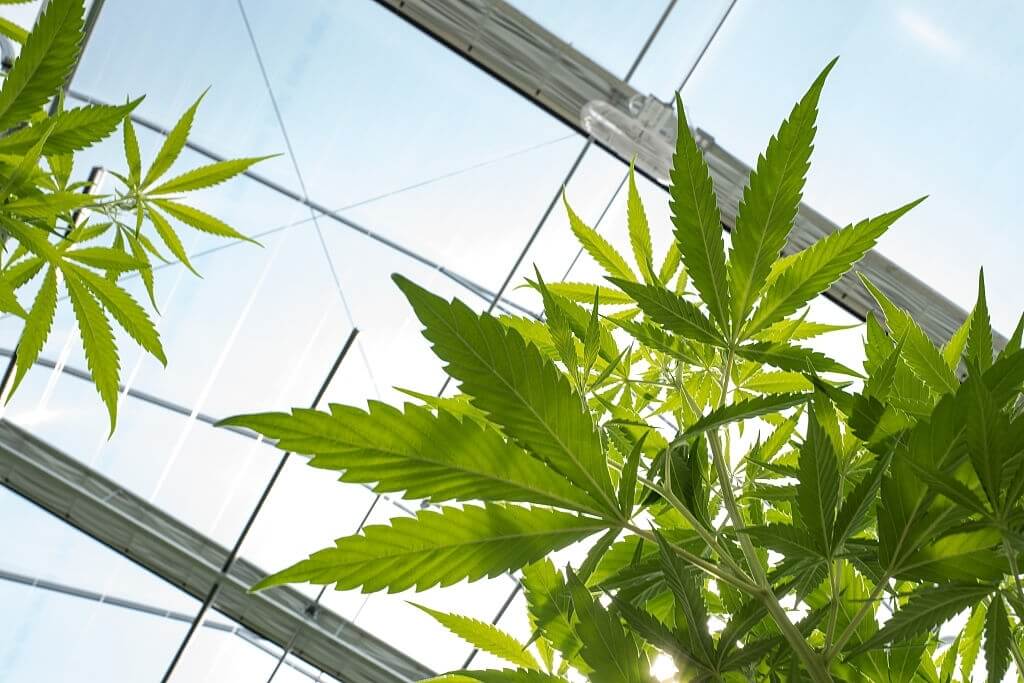For almost as long as a millennium, cannabis, often known as marijuana, has been a vital element of human culture. Cannabis is the most widely used illicit drug in the world, both as a medicinal and recreational drug.
Today’s legal framework, which for much of the twentieth century has outlawed marijuana, is giving way to decriminalization and full legalization. Commercial cannabis enterprises that are legal are already having a huge impact on the economy.
Cannabis Legalization Jeopardizes The Cleanliness Of Indoor Air And Public Health
As per some experts, cannabis has some properties that can act as a pain reliever but as per other experts, it has more properties that can damage the health of the user, and hence the use of the same must be limited.

It must be noted here that many countries across the globe do not permit the use of cannabis in any form.
Multiple states and local governments now allow indoor cannabis smoking at licensed cannabis shops, following years of progress on regulations against secondhand cigarette smoke. According to a new study published by Elsevier in the American Journal of Preventive Medicine, around 50 cities in the United States allow indoor smoking at these establishments, exposing consumers and employees to secondhand cannabis smoke (SHCS).
First author Thomas L. Rotering, MPH, of the Center for Tobacco Control Research and Education, and the Philip R. Lee Institute for Health Policy Studies, University of California, San Francisco, San Francisco, CA, U.S stated “While many states maintain strong tobacco smoking and vaping bans to protect public health, our research reveals that some state and local laws exempt cannabis smoke from clean air laws and open the door to smoke-filled businesses, defeating decades of public health advances”.
The researchers combed through legal databases, public reports, government websites, and municipal regulations to find information on lounges where cannabis smoking is allowed. They discovered a wide range of responses from state and their local governments to SHCS exposure in these industries. Six states which are Alaska, California, Colorado, Illinois, Massachusetts, and Michigan permit onsite smoking in licensed cannabis businesses in compliance with the local government approval. No state forbids local governments from enacting more stringent regulations.
Only vaporization or other non-smoking modes of consumption that involves heat are permitted in Massachusetts. Although requiring a smoke-free atmosphere seems to be the single effective way to mitigate the health concerns associated with SHCS, most municipal regulations either do not tackle SHCS or use poor ventilation or engineering criteria. Only 9% of the 56 municipalities that allow onsite cannabis use businesses mandate smoke-free interiors.
Smoking is permitted in isolated rooms in 23% of local governments, but mainly when the smoke does not travel into non-smoking spaces or when there is a smoke-free employee observation area. Local regulatory restrictions for onsite odor control, ventilation and filtration, and building location are also frequent. The investigators note that certain regulations are frequently ambiguous, and therefore that they reflect the tobacco industry’s “accommodation” structure in which they allow smoking indoors and place necessary ventilation or architectural controls as solutions to secondhand smoke.
Senior investigator Stanton A. Glantz, Ph.D., retired from the Center for Tobacco Control Research and Education, and the Philip R. Lee Institute for Health Policy Studies, University of California, San Francisco, San Francisco, CA, U.S commented saying “After decades of progress in clearing the indoor air of tobacco smoke, we are seeing it replaced with cannabis smoke using the same discredited arguments the tobacco industry used in its unsuccessful fight against tobacco smoke restrictions. We need to learn from the past and keep the air clean for all”.